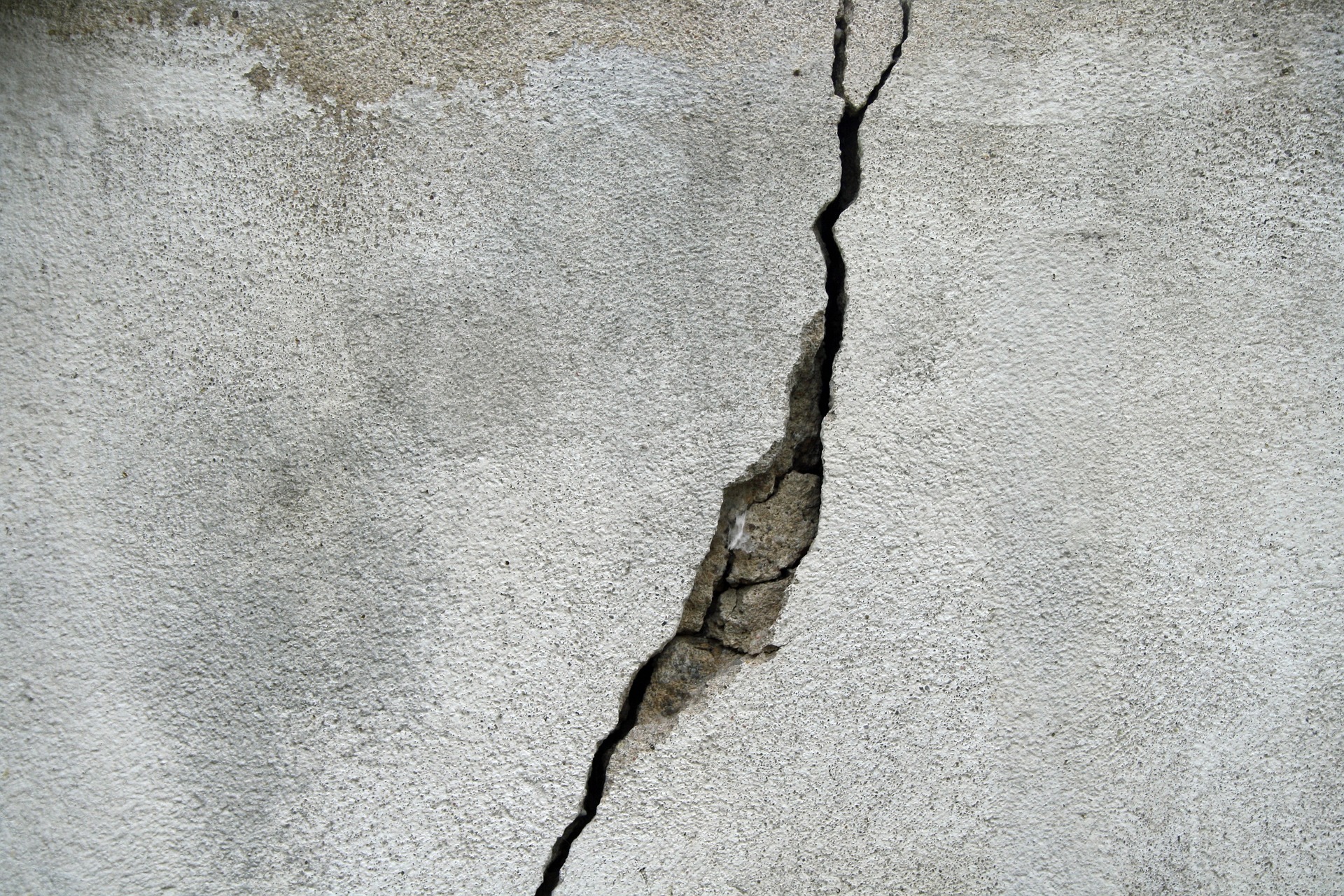Concrete Cracks – Causes & Methods for Repair 2025
Concrete structures are known for their durability, but even the strongest materials develop cracks over time. Understanding why these cracks form and knowing how to address them effectively can save property owners significant time and money. This guide explores the underlying causes of concrete damage and examines modern repair techniques available in 2025.

Concrete structures are designed to last for decades, but various factors can cause cracks to develop over time. These fissures not only affect the aesthetic appeal of your property but can also indicate serious structural issues that require immediate attention. Modern repair techniques have evolved significantly, offering property owners more effective and durable solutions than ever before.
What Causes Concrete Cracks?
Several factors contribute to concrete cracking, with environmental conditions playing a major role. Temperature fluctuations cause concrete to expand and contract, creating stress that eventually leads to crack formation. Poor soil conditions, including clay soils that expand when wet and shrink when dry, create uneven support beneath concrete slabs.
Improper installation practices also contribute significantly to cracking issues. Insufficient reinforcement, improper curing, or using incorrect concrete mixtures can weaken the structure from the beginning. Heavy loads exceeding the concrete’s design capacity, whether from vehicles or structural changes, create stress points that develop into cracks over time.
Modern Methods for Repairing Concrete Cracks in 2025
Today’s repair methods utilize advanced materials and techniques that provide superior durability compared to traditional approaches. Polyurethane injection has become increasingly popular for sealing cracks, as it expands to fill voids completely and remains flexible to accommodate minor movement.
Epoxy injection remains the gold standard for structural repairs, creating bonds stronger than the original concrete. This method works particularly well for hairline cracks and provides excellent resistance to moisture penetration. Carbon fiber reinforcement represents another significant advancement, offering lightweight yet incredibly strong reinforcement for severely damaged areas.
Crack routing and sealing involves cutting a groove along the crack and filling it with specialized sealants. This method prevents water infiltration and provides a clean, professional appearance. For larger cracks, concrete replacement using polymer-modified materials offers enhanced flexibility and adhesion properties.
The Future of Concrete Repairs
Emerging technologies are revolutionizing concrete repair approaches. Self-healing concrete containing bacteria or microcapsules that activate when cracks form represents a breakthrough in preventive maintenance. These materials automatically seal small cracks as they develop, potentially eliminating the need for frequent repairs.
Nanotechnology applications are creating stronger, more durable repair materials with enhanced bonding properties. Smart sensors embedded in concrete structures can now detect stress and crack development before visible damage occurs, enabling proactive maintenance strategies.
Sustainable repair methods using recycled materials and low-carbon concrete alternatives are gaining traction as environmental concerns drive innovation in the construction industry.
Cost Overview for Concrete Crack Repair in 2025
Repair costs vary significantly based on crack size, location, and chosen method. Understanding typical pricing helps property owners budget appropriately for necessary repairs.
| Repair Method | Provider Type | Cost Estimation (AUD) |
|---|---|---|
| Polyurethane Injection | Specialized Contractors | $15-25 per linear meter |
| Epoxy Injection | Structural Engineers | $20-35 per linear meter |
| Carbon Fiber Reinforcement | Commercial Specialists | $80-150 per square meter |
| Crack Routing and Sealing | General Contractors | $10-18 per linear meter |
| Concrete Replacement | Construction Companies | $100-200 per square meter |
Prices, rates, or cost estimates mentioned in this article are based on the latest available information but may change over time. Independent research is advised before making financial decisions.
Labor costs typically account for 60-70% of total repair expenses, with material costs making up the remainder. Complex repairs requiring specialized equipment or access challenges may increase costs by 25-50%. Geographic location also influences pricing, with metropolitan areas generally commanding higher rates than regional locations.
Choosing the Right Repair Approach
Selecting the appropriate repair method depends on several critical factors. Crack width, depth, and location determine which techniques will be most effective. Hairline cracks under 0.5mm wide often require different treatment than larger structural cracks exceeding 3mm.
Environmental exposure affects material selection significantly. Cracks in areas subject to freeze-thaw cycles require flexible materials that can accommodate thermal movement. High-traffic areas need repairs that can withstand repeated loading without failure.
Budget considerations must balance immediate costs with long-term durability. While premium repair methods cost more initially, they often provide better value through extended service life and reduced maintenance requirements. Professional assessment by qualified contractors ensures appropriate method selection and proper installation.
Concrete crack repair has evolved from simple patching to sophisticated engineering solutions that address both immediate problems and long-term durability concerns. Modern materials and techniques offer property owners reliable options for maintaining their concrete structures effectively. Understanding the causes of cracking and available repair methods enables informed decision-making that protects both structural integrity and property value. As technology continues advancing, future repair solutions promise even greater effectiveness and sustainability.




